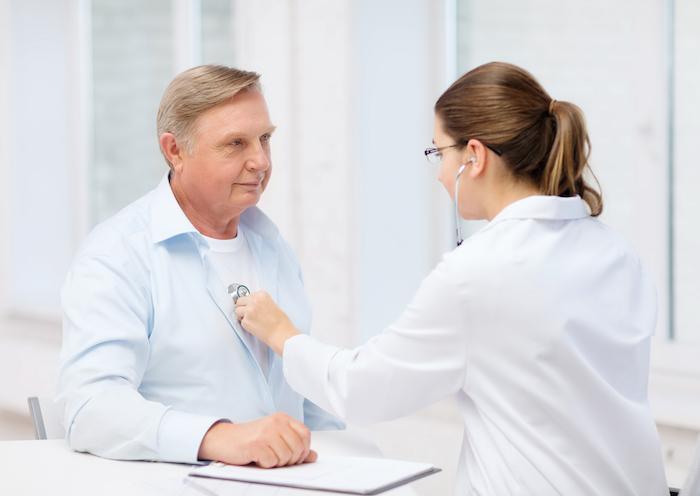A form of chronic obstructive pulmonary disease (COPD), emphysema develops when you’ve sustained damage to the walls of your lungs between the air sacs called alveoli. Once pliable and elastic, your lung tissue becomes stiff and can’t expel air completely.
With old air trapped in your lungs, there’s no space for fresh air to enter, which causes shortness of breath, coughing, and wheezing, especially when you’re active. In advanced cases, emphysema can make even low-level activities difficult.
While there’s no cure for emphysema and no way to reverse the damage to your lungs, our team of specialists at Rockland Thoracic & Vascular Associates offers ways to help you manage your emphysema symptoms and keep you comfortable and active.
We have locations in the Washington Heights section of Manhattan, Pomona, Goshen, and Fishkill, New York, and Englewood, New Jersey, so getting screened for emphysema is easy and convenient.
The earlier we catch emphysema, the easier it is to treat and slow the progression of the disease. If you have any of the risk factors for emphysema, it’s time to consider visiting our team for a comprehensive evaluation.
Emphysema risk factors
Risk factors are habits, lifestyles, or physical attributes that make you more susceptible to a particular condition or disease. Here are the top risk factors for emphysema.
Smoking
Smoking is the No. 1 cause of both forms of COPD — emphysema and chronic bronchitis — and the two conditions often go hand in hand. Although cigarette smoke is considered the most common culprit, you can also develop emphysema from smoking a pipe or cigars.
Breathing secondhand smoke
Even if you don’t smoke, you may be at risk if you live or work with people who do. The smoke’s harmful chemicals remain in the air, and when you inhale, they enter your lungs and cause the same damage as they would if you were a smoker.
Working with airborne chemicals
If you work or spend time in an environment where chemicals and fumes fill the air, it increases your risk for emphysema. Manufacturing plants that process wood, cotton, grain, petroleum, and minerals are notorious for creating noxious fumes that can damage your lungs.
Living in a polluted area
Some harmful chemicals can be present in your household, too. Wood- and gas-burning stoves, for example, emit carbon monoxide and increase the levels of nitrogen dioxide in your home, which can put your lungs at risk.
Plus, living in urban areas of New York or New Jersey means you’re constantly breathing in exhaust from cars and trucks.
Getting older
Body parts break down over time, which means your lungs weaken as you age. If any of the risk factors we’ve listed apply to you and you’re 40-60 years old, you’re more likely than others to develop signs of emphysema.
How to know when you need medical help for emphysema
In its earliest stages, emphysema may not have any symptoms. Generally, the first sign is shortness of breath. Some people mistakenly think they are just out of shape or getting older.
Here are some signs that emphysema has advanced, and you need immediate medical attention:
- Severe shortness of breath
- Gray or blue fingernails, especially after exertion
- Lack of alertness
If you notice any of these symptoms, call us right away. Untreated emphysema can lead to serious complications, such as a collapsed lung, heart problems, or holes in your lungs.
We take chest X-rays and CT scans to get a closer look at your lungs and perform lab tests and lung function tests to confirm your emphysema diagnosis.
How we treat emphysema
If you’re a smoker, the first and most important step in your treatment is to quit. Depending on your symptoms and the stage of your emphysema, we develop a customized treatment plan that may include any of the following:
- Bronchodilators
- Steroids
- Oxygen therapy
- Nutritional counseling
- Pulmonary rehabilitation
In some cases, surgical treatment for emphysema is necessary. Whenever possible, we perform minimally invasive surgery using only a few tiny incisions to get the job done, but we may need to do traditional open surgery, depending on your situation.
There’s hope for living a full and active life with emphysema, but early detection makes all the difference in your prognosis. If you have any of the risk factors, schedule an appointment at the Rockland Thoracic & Vascular Associates location nearest you by calling our friendly staff or using our online booking tool.

